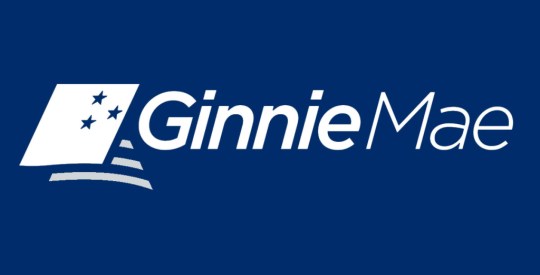A version of the ever-widening net for a federal bailout was extended Tuesday afternoon to the nation’s credit unions, who have been lobbying for government help alongside their more traditional banking brethren. A plan detailed yesterday by the National Credit Union Administration, the independent federal agency that charters and supervises federal credit unions, shows that the government will pump billions into credit unions just as some are forced deal with a rash of bad mortgages, and still others look to access low-interest loans for funding their operations. The initial plan involves $2.5 billion, and includes a program to help credit unions refinance troubled borrowers into new mortgages, and $500 million to help fund low-interest loans. But that total could increase to as much as $41.5 billion, under recently-awarded authority given to the NCUA by Congress in September. The $2 billion Credit Union Homeowners Affordability Relief Program, called CU HARP, was covered in a HousingWire report on Nov. 19, after the NCUA board initially approved the refinancing program. On Wednesday, the NCUA said its refinance program would help 10,000 households stay in their homes, by rewriting mortgages to more affordable terms, including a target payment-to-income ratio of 31 to 38 percent. The program will be limited to households whose income is below 150 percent of median in their ZIP code, the NCUA said. A newer program, called the Credit Union System Investment Program, or CU SIP, was also unveiled by government officials Wednesday. The program enables retail credit unions to help bail out corporate credit unions; corporate credit unions aren’t consumer-facing, but provide investment services and financing to retail credit unions nationwide. In August, the Wall Street Journal had suggested that many of the nation’s largest corporate credit unions were reeling from exposure to bad mortgage investments. The Journal reported then that the nations’ five largest corporate credit unions were facing $5.7 billion in losses tied to RMBS and CDO investments gone sour — enough to wipe out the net worth of each, according to the Journal’s calculations. Leaders at various credit unions implicated in the story have bristled publicly since then at the suggestion that the nation’s credit union system may face some problems, or that they had mismanaged funds by investing heavily into mortgage-backed derivatives. Obviously, relative to some of the private investment banks, and many commercial banks, credit unions have been far more conservative in their risk management approaches. The fact that the current crisis is affecting this sector at all, however, likely underscores just how far-reaching the nation’s mortgage problems really are. By law, the NCUA cannot invest directly into corporate credit unions. The CU SIP is, in effect, a way to get around that hurdle, by using the NCUA’s Central Liquidity Facility to lend to retail credit unions — those credit unions, in turn, agree to invest the dollars lent into corporate credit unions, which will use the proceeds to retire higher-interest rate debt. “The program will free collateral pledged by corporate credit unions and thereby provide increased contingent borrowing capacity,” the NCUA said in a statement. NCUA chairman Michael Fryzel sounded an awful lot like other government officials in stressing that the two programs would not spend taxpayer dollars, given that most of the lending and funding activity would be done on a secured basis. “As I have stated previously, I want to use all tools at my disposal to address the difficulties that the larger market problems are presenting for the credit union industry,” Fryzel said. “These new initiatives represent an important avenue for credit unions: both CU HARP and CU SIP employ the existing CLF channel and direct liquidity where credit unions and their members need it most.” Nonetheless, the money to fund the programs still comes directly from the U.S. Treasury. In Sept., the credit unions had successfully lobbied Congress to increase the amount of funding the NCUA could lend to the current $41.5 billion cap — a significant increase from the previous $1.5 billion limit. Write to Paul Jackson at [email protected].
Feds Outline Plan to Help Credit Unions
Most Popular Articles
Latest Articles
Ginnie Mae expands its monthly single-family reporting
The company seeks to monitor potential delinquencies and reduce financial strain on nonbanks
-
Freddie Mac’s proposed home equity product could unlock $850B in originations
-
Brian Icenhower on impact of commission lawsuits and low volume
-
Opinion: If you’re chasing volume, you’re chasing the wrong carrot
-
Why are existing home prices rising when sales are still so low?
-
FundingShield’s Ike Suri on the limits of AI in fighting fraud



